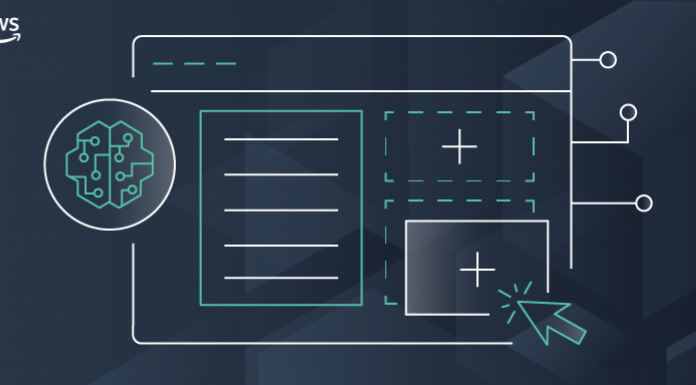So that business users or data analysts, can create and use predictive systems based on the data they analyze and process every day, without having to learn about hundreds of algorithms, training metrics, evaluation metrics, and deployment best practices, AWS has created SageMaker Canvas.
This new visual feature allows users to create ML models and generate accurate predictions without writing code or requiring ML expertise. Its intuitive user interface also allows users to browse and access disparate data sources in the cloud or on-premises, combine datasets with a single click, train accurate models, and then generate new predictions once new data becomes available. AWS CEO Adam Selipsky said:
"Now business users and analysts can use Canvas to generate highly accurate searches using an intuitive, easy-to-use interface. Canvas uses terminology and visualizations that are already familiar to [users] and complements the data analysis tools that [people] already use."
Code-free AI
With Canvas, Selipsky says customers can browse and access petabytes of data files from cloud and on-premises data sources, such as Amazon S3, Redshift databases, as well as premises. Canvas uses automated machine learning technology to create models, and once the models are created, users can explain and interpret the models and share the models with each other to create and enrich information. He adds:"With Canvas, we're making it even easier to prepare and collect data for machine learning to train models faster and extend machine learning to an even wider audience. This will really enable a new group of users to leverage their data and use machine learning to create new business insights."Canvas follows new SageMaker services announced earlier this year, including Data Wrangler, Feature Store and Pipelines. Data Wrangler recommends transformations detected on data in a target dataset and applies those transformations to entities. Feature Store acts as a storage component for features and can access features in batches or subsets. Pipelines allows users to define, share and reuse each step of an end-to-end machine learning workflow with pre-configured customizable workflow templates while saving each step in SageMaker Experiments.
With more than 82% of companies believing that custom application development outside of IT is important, Gartner predicts that 65% of all applications will be built using low-code and no-code platforms like Canvas by 2024.
If current trends continue, the low- and no-code market could rake in between $58.8 billion and $125.4 billion by 2027.
Translated from Focus sur «SageMaker Canvas» par Amazon, un outil «no code» pour les analystes commerciaux


